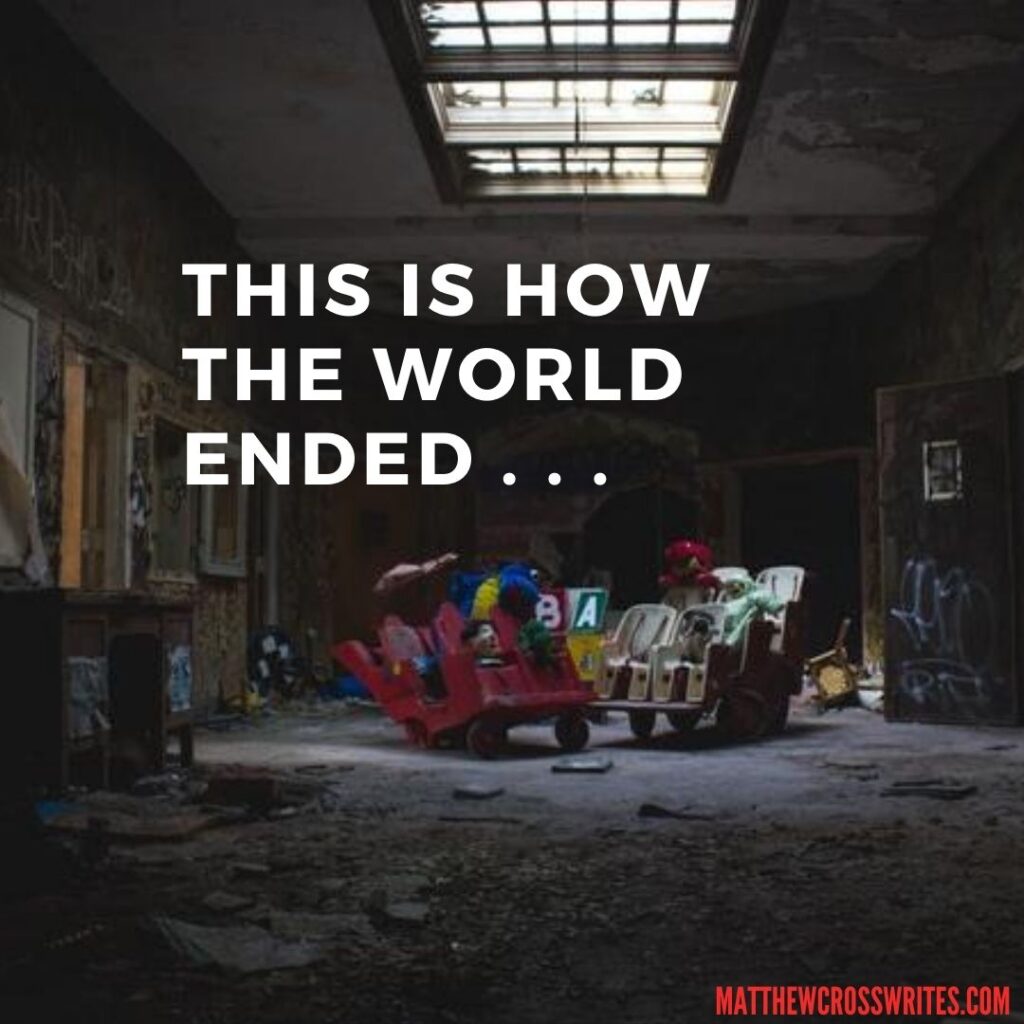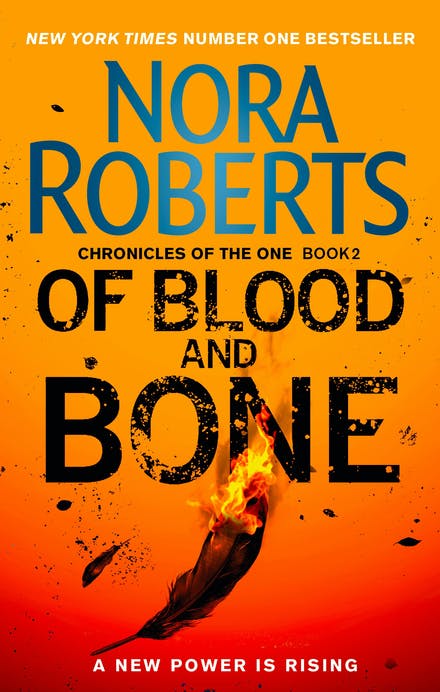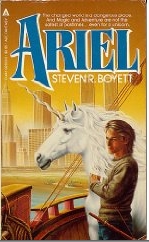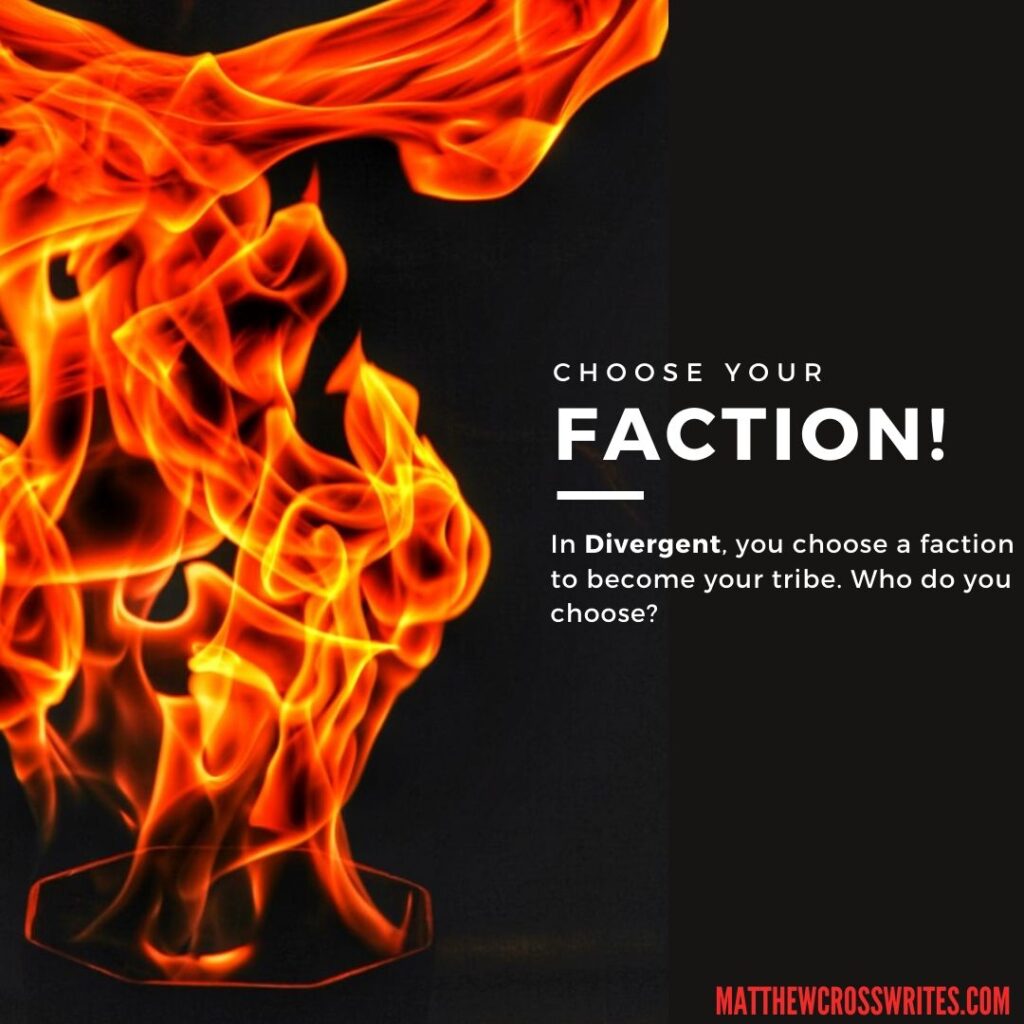
How did the world end?
When a book is set in a dystopian future on Earth, you know something terrible happened. But what happened? Some Sci Fi writers draw it out, feeding you the sad tale slowly piece by piece. Nora Roberts gives it to you straight from the get go.

The Prologue of Of Blood and Bone begins:
They said a virus ended the world.
And then it gets worse . . .
“And yet the innocent–the touch of a hand, a mother’s goodnight kiss–spread the Doom, bringing sudden, painful, ugly death to billions.
“Many who survived that first shocking strike died by their own hand or by another’s as the thorny vines of madness, grief, and fear strangled the world. Still others, unable to find shelter, food, clean water, medications, simply withered and died waiting for help and hope that never came.
“The spine of technology cracked, bringing the dark, the silence. Governments toppled from their perches of power.
“The Doom gave no quarter to democracy, to dictators, to parliaments or kingdoms. It fed on presidents and peasants with equal greed.”
And then Nora Roberts reveals that the world of her novel, which begins in Year Twelve after the Doom, contains both modern technology and “magicks.”
How does the new world work?
Once the world “ends” and a new world begins to rise, it can have elements of science fiction, fantasy or the paranormal. Or a combination.
In pure Sci Fi, the new world can contain technology that is futuristic to us but that existed before the downfall, new technology created after, or a mix of both. In the Hunger Games by Suzanne Collins, the leaders in the Capital have flying cars, but they’ve forgotten how to build airplanes. In Ready Player One by Ernest Cline, the world is in bad shape but the technology continues to advance with ever improving virtual reality technology.
[Read my review of Ready Player One.]

Some authors use the apocalypse to clear the world of technology. In Ariel by Steven R. Boyett, one of my favorite novels, all technology just stops working and magic takes its place. After the Change, even something as simple as a bicycle just doesn’t work anymore.
Other authors mix technology and magic. Piers Anthony does this with alternate universes–one magical and one technological–in his Apprentice Adept series. Can you think of something more recent?
Plan your new world!
Imagine your own dystopian future for Earth. What will you include?
- Science and technology that does not yet exist?
- Magic, mystical powers, or strange abilities of the mind?
- Creatures only found in dreams or nightmares?
Please post your comments below.
Be stellar!
Matthew Cross






